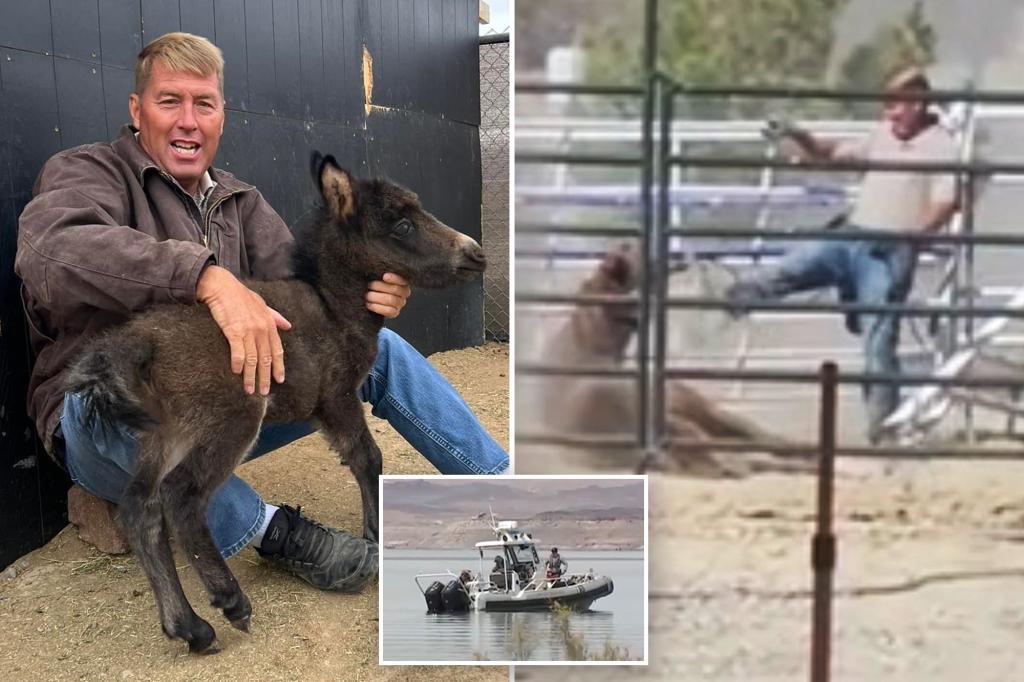Unraveling the Chaos: Inside the Times Square Fights
Times Square, the iconic crossroads of the world, became the epicenter of violent clashes this week as chaotic brawls erupted among rival groups, leaving bystanders stunned and authorities scrambling. The fights, which began on Tuesday evening, involved dozens of individuals and resulted in multiple injuries and arrests. Eyewitnesses describe scenes of pandemonium as police struggled to contain the unrest, raising urgent questions about public safety and underlying social tensions in New York City’s most famous landmark.
What Sparked the Violence?
Initial reports suggest the altercations stemmed from a confrontation between two organized groups, though the exact catalyst remains unclear. Law enforcement sources indicate that social media may have played a role in escalating tensions, with inflammatory posts circulating hours before the clashes. By 8:30 PM, the dispute had spiraled into physical violence, drawing a heavy police response.
Dr. Elena Rodriguez, a sociologist at Columbia University, notes, “Times Square has long been a flashpoint for competing interests—tourists, street performers, vendors, and activists all share this space. When you add economic pressures and social media’s ability to amplify conflicts, it’s a tinderbox waiting to ignite.”
The Immediate Aftermath and Police Response
NYPD deployed over 100 officers to restore order, using barricades and dispersal tactics to clear the area. According to police data, 12 arrests were made, including charges for assault, disorderly conduct, and resisting arrest. Emergency medical services treated at least eight individuals for minor injuries, though no life-threatening conditions were reported.
- Timeline: The clashes lasted approximately 90 minutes before authorities regained control.
- Key Locations: The worst violence occurred near the Red Steps and the TKTS booth.
- Witness Accounts: Tourists described “chaos erupting out of nowhere,” with some fleeing into nearby stores for safety.
Underlying Tensions and Societal Implications
Beyond the immediate chaos, experts point to deeper issues fueling such incidents. Times Square’s dense foot traffic—over 360,000 pedestrians daily—creates a high-stakes environment where small conflicts can escalate rapidly. Additionally, the area’s economic disparities are stark: luxury stores overlook struggling street vendors, many of whom are immigrants fighting for visibility.
Councilmember Sarah Kim, who represents the district, emphasizes, “This isn’t just about a fight—it’s about the pressures of inequality and the lack of resources for conflict resolution in public spaces. We need proactive solutions, not just reactive policing.”
Historical Context and Recurring Challenges
Times Square has a history of volatility, from its crime-ridden past in the 1980s to its current status as a sanitized tourist hub. However, recent years have seen a rise in spontaneous gatherings turning violent, including the 2021 shooting near Broadway. Security measures like increased police patrols and surveillance cameras have mitigated some risks, but critics argue they don’t address root causes.
Data from the NYC Department of City Planning reveals:
- Complaints about aggressive solicitation in Times Square rose 22% in 2023.
- Over 60% of local businesses report concerns about safety affecting customer traffic.
Expert Recommendations for Prevention
To prevent future outbreaks, urban planners and community leaders propose multipronged strategies:
- Community Mediation: Expand programs that train local stakeholders in de-escalation techniques.
- Economic Support: Provide grants to street vendors to reduce competition-driven tensions.
- Tech Monitoring: Use AI-powered cameras to detect crowd anomalies before violence erupts.
Security analyst Mark Thompson cautions, “Heavy-handed policing alone won’t work. Times Square needs a cultural shift—a shared commitment to coexistence from all who use this space.”
Looking Ahead: What’s Next for Times Square?
Mayor Eric Adams has pledged a task force to review safety protocols, but advocates demand broader action. Upcoming initiatives include public forums for community input and a pilot program pairing social workers with police during peak hours. Meanwhile, businesses and tourists remain wary, with some hotels increasing private security.
As the dust settles, one question lingers: Can Times Square reconcile its identity as both a global symbol and a local battleground? The answer may define New York City’s future. For now, visitors are advised to stay alert—and the world will be watching.
Stay informed with our live updates and share your perspective: How should cities balance safety and vibrancy in public spaces? Join the conversation using #TimesSquareCrossroads.
See more Update My News



